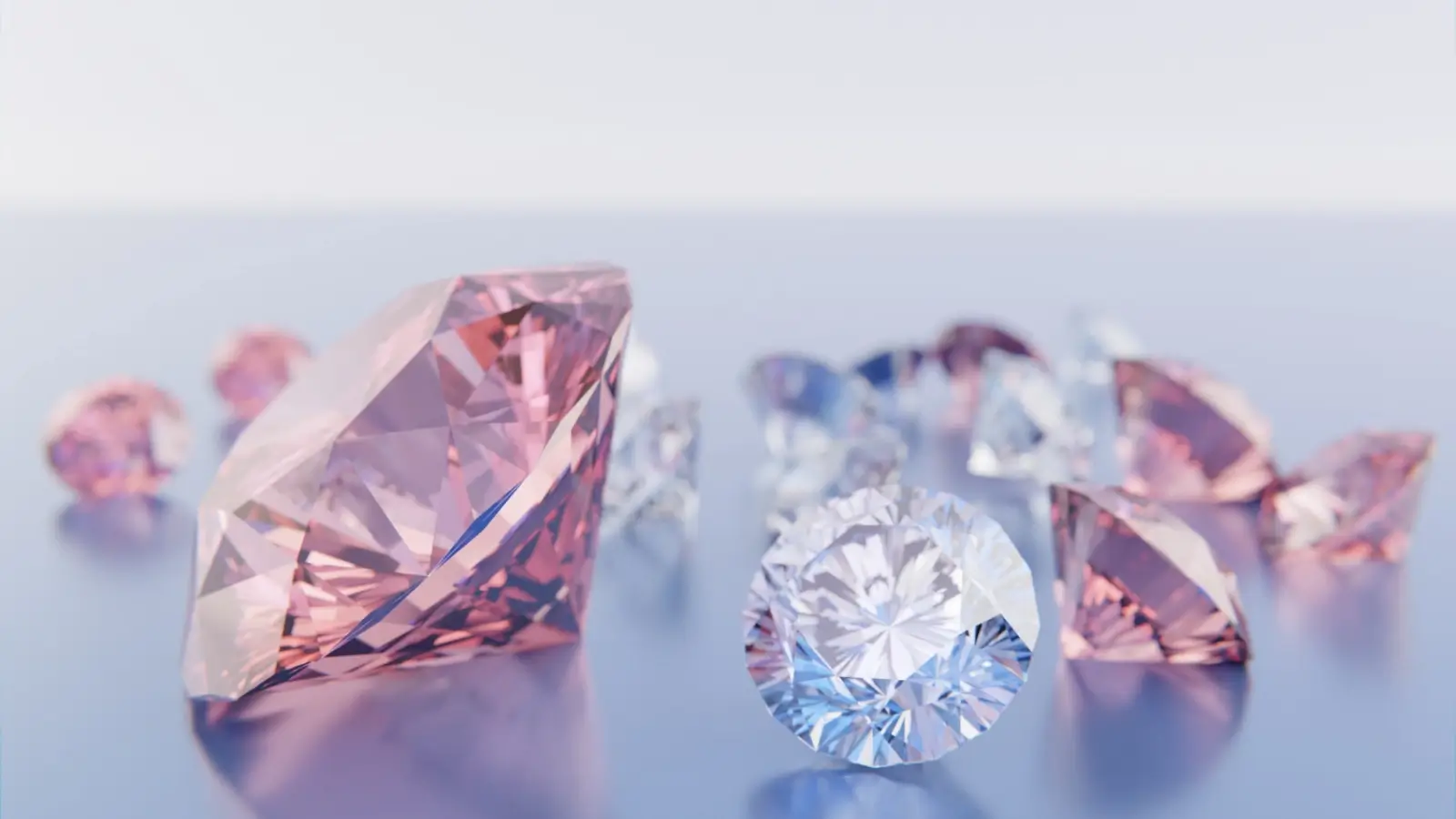


What makes Arizona such a strong player in the diamond resale world? With a unique blend of cultural heritage, economic growth, and an informed base of both buyers and sellers, Arizona has developed a diamond market that is both dynamic and reliable.
From ethical sourcing and rising interest in lab-grown stones to a deep appreciation for vintage styles, the region reflects broader trends while maintaining its own identity. Whether you’re considering selling a family heirloom or buying a distinctive piece, understanding local preferences and market behavior can make all the difference.
Arizona’s diamond market has developed alongside the state’s cultural and economic growth. From early trading hubs influenced by Native American craftsmanship to today’s bustling urban centers like Phoenix and Scottsdale, the region has evolved into a sophisticated marketplace for fine jewelry. Arizona’s long-standing appreciation for artistry, coupled with a growing base of affluent buyers and collectors, has made it a compelling destination for diamond transactions.
The state’s appeal isn’t just historical—it’s also strategic. With a strong tourism industry and a high concentration of seasonal residents, there’s consistent foot traffic from buyers and sellers alike. Many residents prefer to buy and sell locally due to trust in in-person transactions and the ability to consult with expert appraisers. This mix of tradition, population growth, and access to expertise has helped Arizona carve out a niche in the national diamond resale market.
Arizona’s diamond market has seen a noticeable shift toward lab-grown diamonds and ethically sourced stones. Buyers are becoming more informed and selective, often prioritizing transparency in origin and sustainable practices. At the same time, traditional mined diamonds still hold strong resale value, especially if accompanied by certification or provenance. Vintage and antique diamond pieces are also in higher demand, with buyers seeking one-of-a-kind styles not commonly found in modern jewelry stores.
Market trends are also being shaped by economic factors. During uncertain times, many sellers turn to diamonds as a way to access quick liquidity, while buyers may view them as a form of investment. Seasonal peaks occur during engagement periods and holidays, but there’s a steady flow of activity year-round, especially in Arizona’s metro areas. Overall, the market is adapting to a blend of conscious consumerism and traditional values.
Arizona buyers often lean toward styles that reflect both luxury and subtle individuality. Southwest-inspired settings and minimalist modern designs both find favor in the local market, with preferences often depending on age and lifestyle. While some buyers opt for understated solitaire rings, others are drawn to intricate halo settings or colored accent stones that offer a unique flair.
In terms of diamond shape, round brilliant cuts remain the most sought-after due to their timeless appeal and light performance. However, shapes like oval, emerald, and cushion cuts are gaining traction among younger buyers. Metal preferences vary as well, with white gold and platinum remaining dominant for engagement rings, while rose gold has seen a rise in popularity for everyday pieces. Understanding these preferences is useful for anyone looking to resell a diamond that fits local demand.
Selling diamonds in Arizona typically involves choosing between a few key options: jewelry buyers, auction houses, pawn shops, and private sales. Jewelry buyers and appraisers tend to offer the most reliable valuations, especially when documentation like grading reports is available. Auction houses may fetch higher prices for rare or vintage pieces but can come with fees and a longer sales process. Pawn shops offer convenience but often lower offers due to their resale model.
In-person selling is still preferred in Arizona, where trust and face-to-face negotiations are highly valued. Selling online may reach a broader market, but it comes with risks like shipping losses, disputes, or undervaluation. Many sellers in the state prefer local Phoenix diamond buyers who provide immediate appraisals and offers. Regardless of the method, it’s wise to compare multiple offers and ask clear questions about how the value is being determined.
Before selling a diamond, it’s important to have it professionally cleaned and, if possible, appraised by a certified expert. A diamond’s resale value is tied closely to its condition, clarity, cut, carat weight, and color—known as the 4Cs. Having grading documents from a reputable lab can significantly strengthen your negotiating position. If you don’t have a certificate, consider obtaining one before approaching buyers.
Another key tip is to avoid rushed decisions or high-pressure tactics. Take time to research the current market and understand what similar diamonds are selling for. It’s helpful to get multiple offers and compare not just price but also the buyer’s reputation and transparency. Avoid selling to anyone unwilling to explain their valuation process. Knowledge and preparation can make a noticeable difference in the final offer.
Buyers in Arizona tend to favor diamonds that are not only high in quality but also present well in current market styles. Pieces that come with original documentation, such as a grading report or sales receipt, often receive stronger offers. Condition also matters—chips, worn settings, or cloudy stones can reduce value, even if the diamond itself has good grading metrics. Presentation and provenance both influence resale success.
There’s also growing interest in unique characteristics. Diamonds with vintage cuts, rare colors, or distinctive histories are appealing to niche buyers who value exclusivity. However, these traits must be verifiable to impact pricing positively. On the other hand, common designs without documentation or with visible wear may face limited demand. Sellers who know what local buyers prioritize have a much better chance of getting a fair deal.
Selling or buying diamonds in Arizona isn’t just about price—it’s about timing, presentation, and knowing what resonates with local buyers.
Trends continue to shift toward sustainability, distinctiveness, and transparency, while traditional diamonds still retain strong value when properly documented. With the right preparation and awareness, sellers can navigate the market confidently and make informed decisions that reflect both current demand and long-term value.